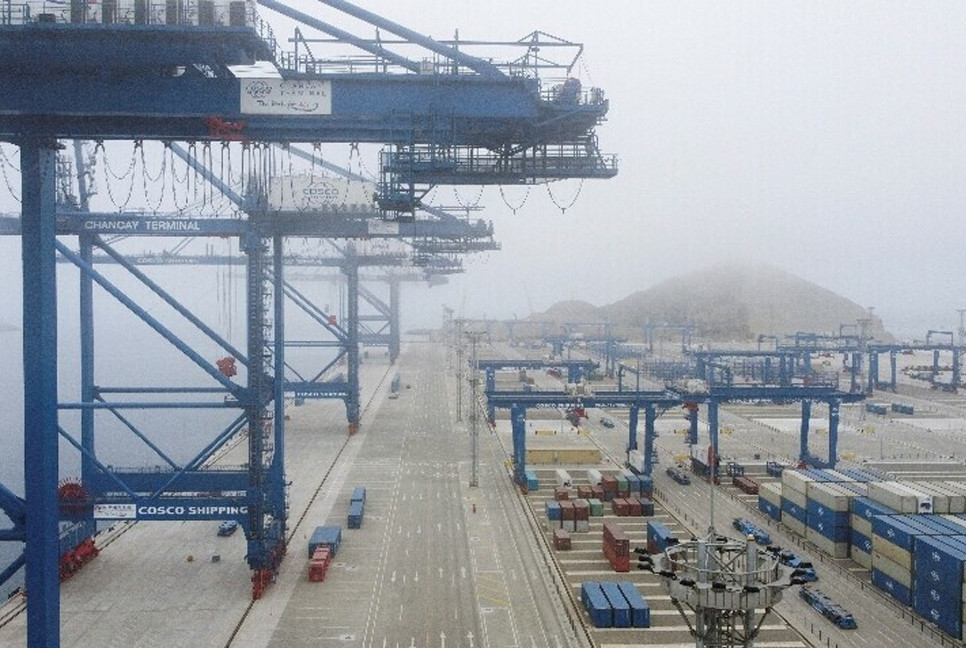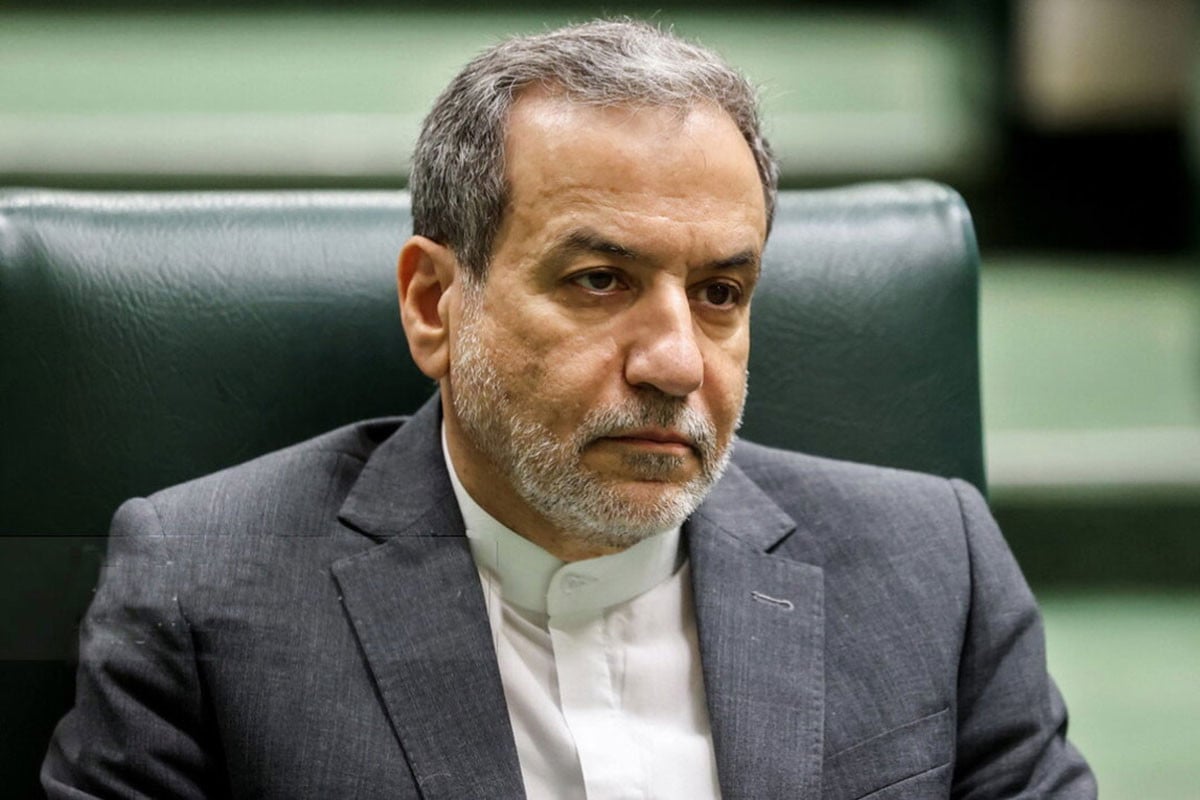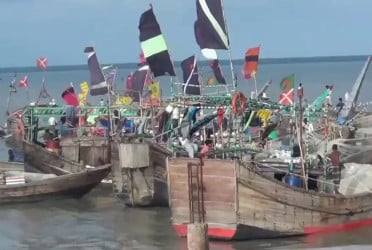Chinese President Xi Jinping inaugurated Latin America’s first Beijing-funded port in Chancay, Peru, on Thursday. The new port marks a significant step in China's expanding influence in the region, as the country prepares for potential challenges under a new Donald Trump administration.
The $3.5 billion port complex, located about 50 miles (80 kilometers) north of Lima, is designed to become a key hub for Chinese trade. It comes as China faces the prospect of significant tariff increases if Donald Trump returns to the White House for a second term.
The port was officially inaugurated in a virtual ceremony led by President Xi Jinping, with Peruvian President Dina Boluarte joining from Lima. Both leaders are in the city ahead of the Asia-Pacific Economic Cooperation (APEC) summit, set to take place on Friday and Saturday.
"China plays a major role in the growth of our economy," President Dina Boluarte said during the event, even as a U.S. official cautioned Latin American countries to remain vigilant regarding Chinese investments.
“We believe it is essential that countries across the hemisphere ensure that PRC (People’s Republic of China) economic activities respect local laws as well as safeguard human rights and environmental protections,” Brian Nichols, the top US diplomat for Latin America, said in Lima.
For his part, Xi Jinping stated that the port would help "promote connectivity" between South America and China.
Xi remarked, “We are witnessing […] the birth of a new land-sea channel between Asia and Latin America in the new era.” U.S. President Joe Biden also arrived on Thursday to attend the APEC summit in Peru, which Nichols characterized as a “crucial ally.”
Peru, one of the fastest-growing economies in Latin America over the past decade, is China's fourth-largest trading partner in the region, with bilateral trade reaching nearly $36 billion in 2023.
The Chancay port will also serve Chile, Colombia, Ecuador, and other South American nations, providing them with an alternative route to bypass ports in Mexico and the United States when trading with Asia.
Chancay is the latest addition to a network of railways, highways, and other infrastructure projects developed as part of China’s expansive Belt and Road Initiative (BRI), aimed at boosting trade and enhancing Beijing’s geopolitical influence.
Cosco Shipping Ports, listed in Hong Kong and owning 60% of the port, holds a 30-year concession to operate the terminal. The company anticipates handling up to one million containers in the port’s first year of operation.
Cosco Shipping Ports, a subsidiary of China’s COSCO Shipping Corporation, operates the Chancay port, which boasts a maximum depth of 17.8 meters (58.4 feet), enabling it to accommodate the world’s largest container ships.
Located in the fishing town of Chancay, home to approximately 50,000 people, the port was selected for its strategic position at the heart of South America.
The Chancay port is expected to become a key hub for importing Asian electronics, textiles, and other consumer goods, as well as for exporting minerals such as lithium and copper.
Xi referred to the facility as South America's "first smart and green port," noting that once fully operational, it will shorten the transit time between China and Peru by more than 10 days and reduce logistics costs by over 20%.
(Source: DAWN)
BD-Pratidin English/Mazdud



































































